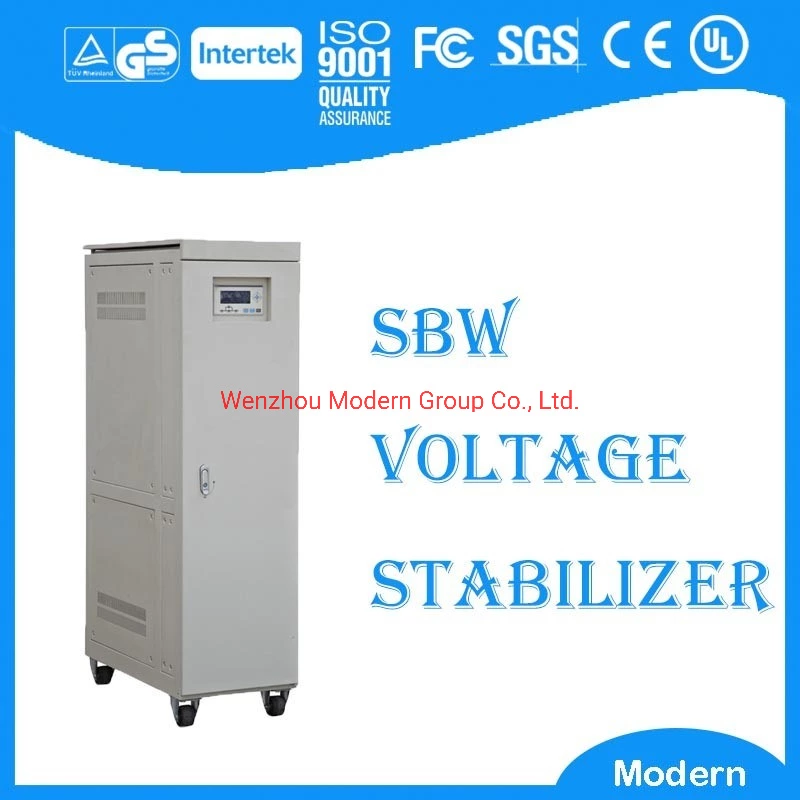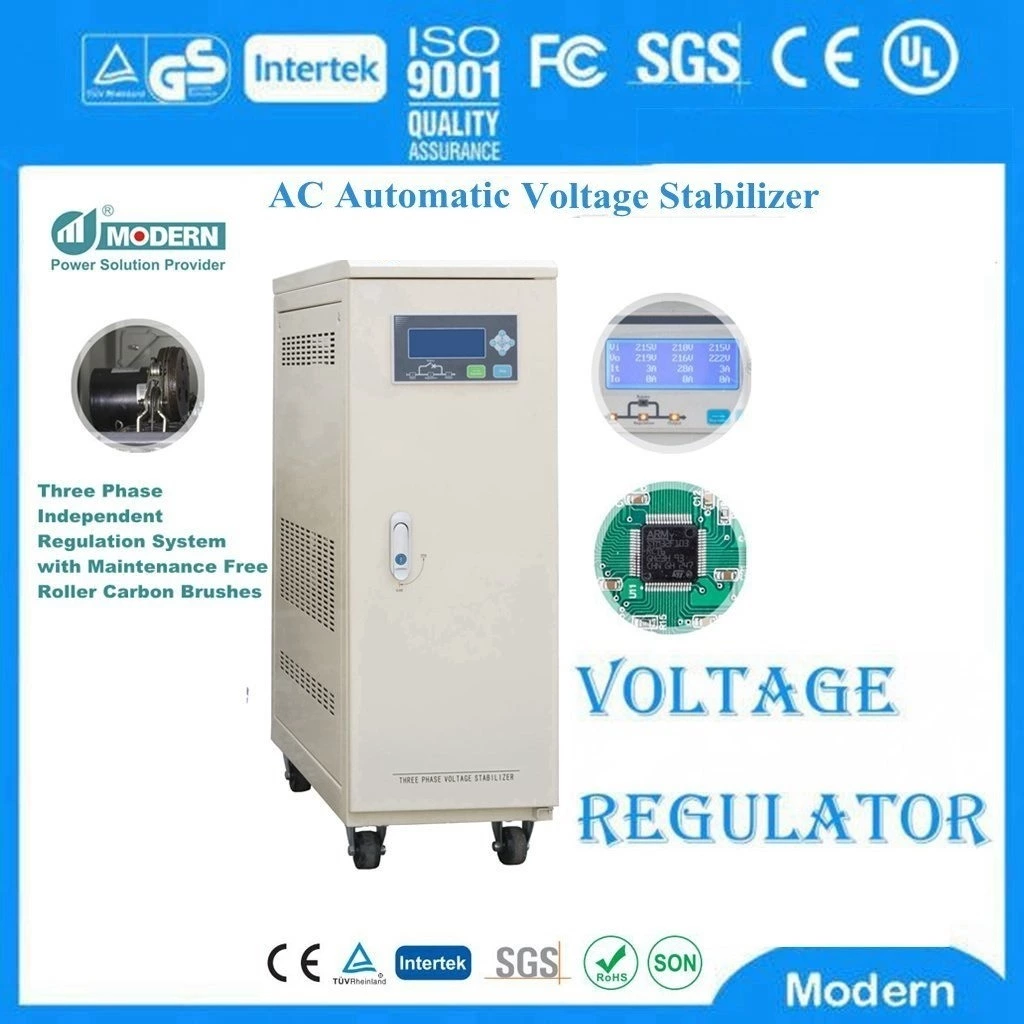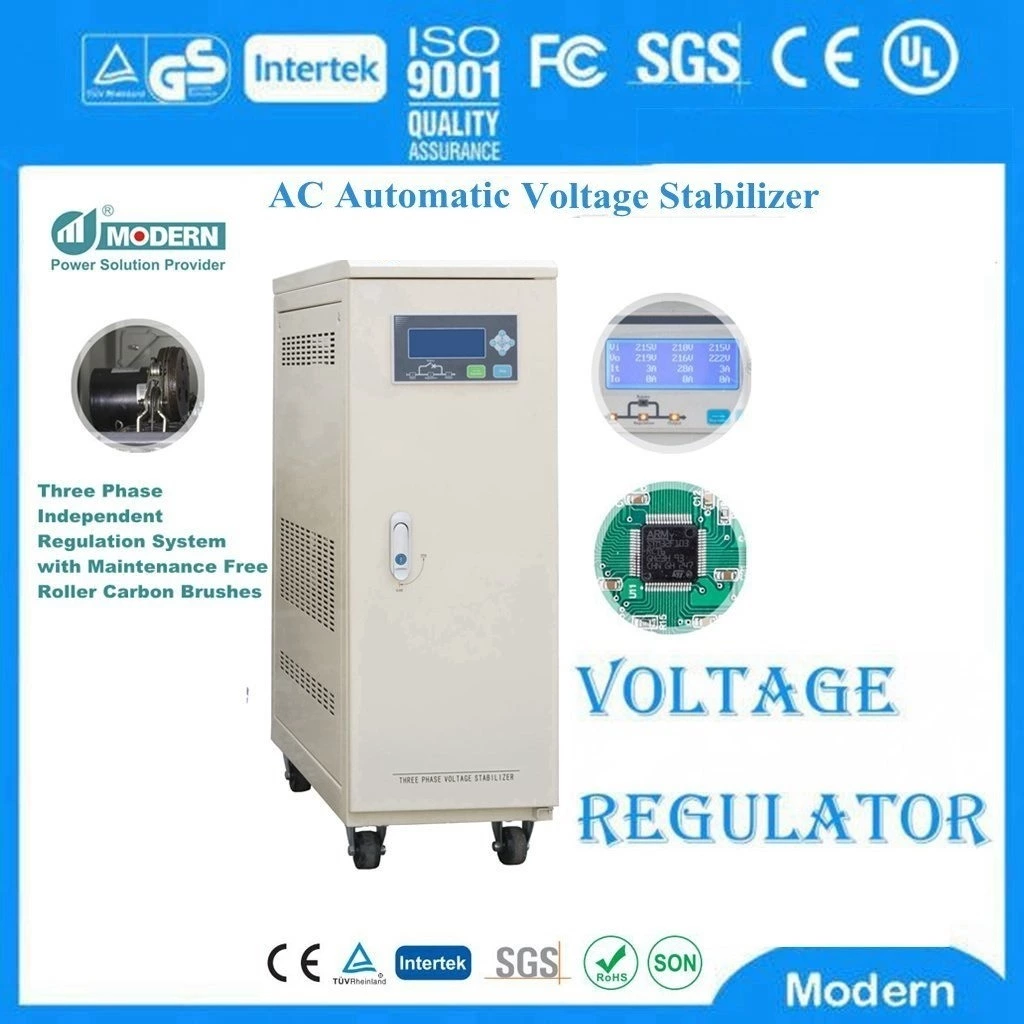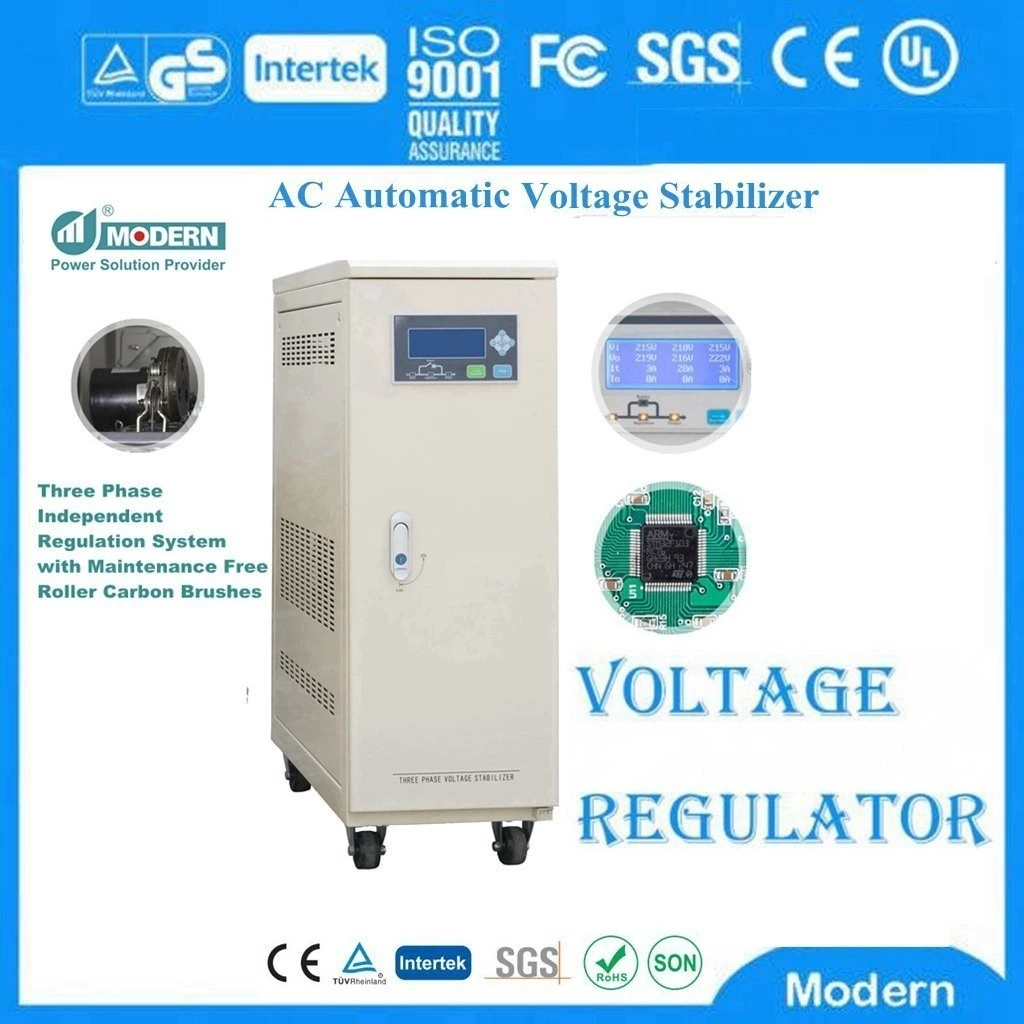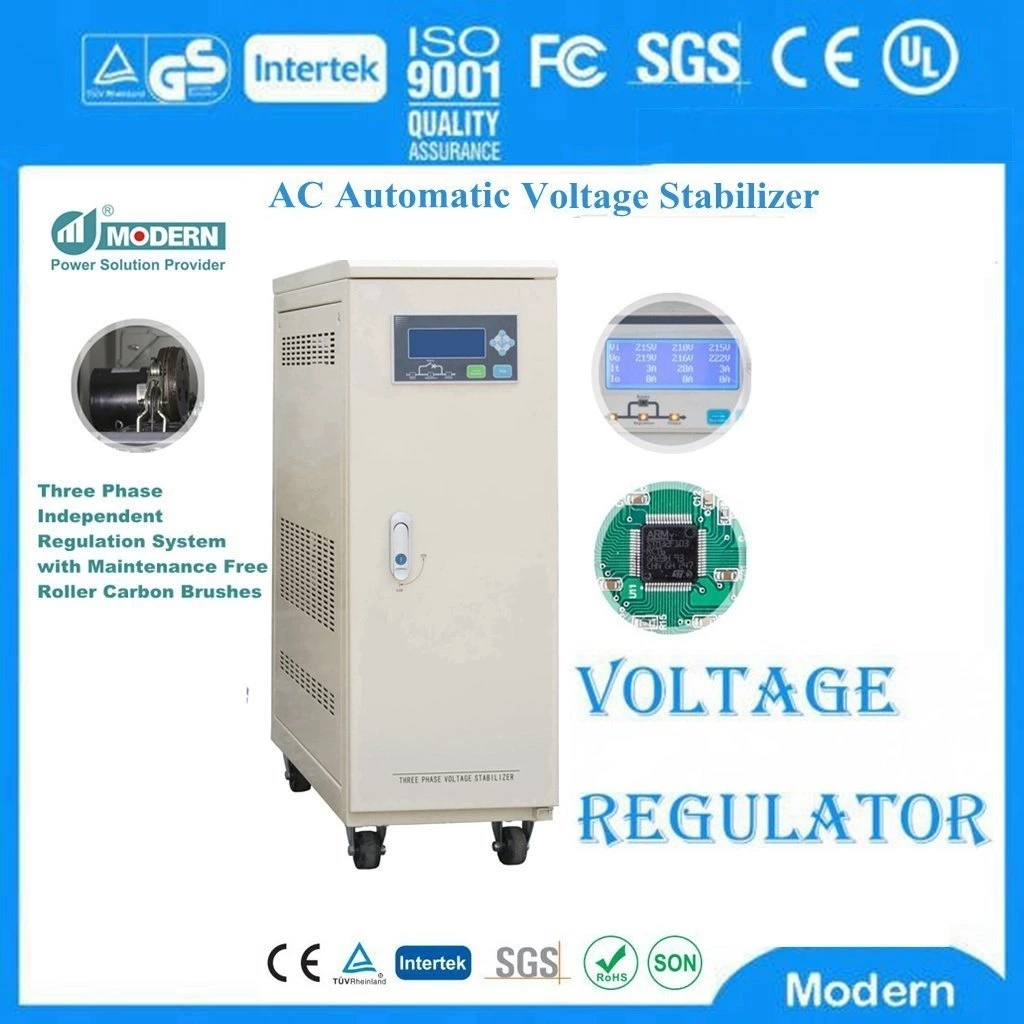What Are The Advantages Of Using Digital Technology In Automatic Voltage Regulators?
Have you noticed that home appliances have been upgraded very quickly in recent years? Refrigerators, water heaters, air conditioners, fans, rice cookers, induction cookers, etc. have all been replaced with touch screen modes. They are not only beautiful and elegant in appearance, but also very easy to use. The digital display is accurate and easy to operate. Both the elderly and children can use them. Digital technology is not only used in home appliances, but also widely used in our power supply industry, such as Automatic Voltage Regulator, intelligent high-precision digital voltage regulator, high-precision purification power supply, UPS uninterruptible power supply. As the cost of components and software control is getting lower and lower, digital technology has become a common solution for power supply product replacement. With the development of digital forging technology, more and more intelligent power products will appear, and new products will definitely be more environmentally friendly and energy-saving. There are two common digital control methods for voltage regulators. The first is the "digital encapsulation" method, which still relies on analog voltage regulators. Analog technology has long dominated the field of switching DC/DC converter (voltage regulator) design because they are relatively simple and have low implementation costs. The second is a fully digital design solution. Make full use of the latest digital power IC functions to design stable power supplies, providing faster response time, larger voltage regulation range and better overall performance. Especially when the components required to support digital power supply have been reduced in price, size and power consumption, it has created favorable conditions for the development of digital voltage regulators. For example, contactless voltage regulators are very popular on the market and have a large market share. Compared with analog voltage regulators, digital voltage regulators have high reference voltage accuracy and fast ADC output update frequency to the proportional integral differential (PID) processor, so they can significantly enhance the stability and accuracy of the output voltage. Have you noticed that home appliances have been upgraded very quickly in recent years and have changed a lot? Refrigerators, water heaters, air conditioners, fans, rice cookers, induction cookers, etc. have all been replaced with touch screen modes. They are not only beautiful and clean in appearance, but also very easy to use. The digital display is accurate and easy to operate, and both the elderly and children can use it. Digital technology is not only used in home appliances, but also widely used in our power supply industry, such as contactless voltage regulators, intelligent high-precision digital voltage regulators, high-precision purified power supplies, and UPS uninterruptible power supplies. As the cost of components and software control becomes lower and lower, digital technology has become a common solution for the replacement of power supply products. With the development of digital forging technology, more and more intelligent power products will appear, and new products will definitely be more environmentally friendly and energy-saving. There are two common digital control methods for voltage regulators. The first is the "digital encapsulation" method, which still relies on analog voltage regulators. Analog technology has long dominated the field of switching DC/DC converter (voltage regulator) design because they are relatively simple and have low implementation costs. The second is a fully digital design solution. Make full use of the latest digital power IC functions to design stable power supplies, providing faster response time, larger voltage regulation range, and better overall performance. Especially when the components required to support digital power supplies have been reduced in price, size, and power consumption, it has created favorable conditions for the development of digital voltage regulators, such as contactless voltage regulators that are very popular on the market and have a large market share. Compared to analog regulators, digital regulators significantly enhance the stability and accuracy of the output voltage due to the high accuracy of the reference voltage and the fast update frequency of the ADC output to the proportional-integral-derivative (PID) processor.
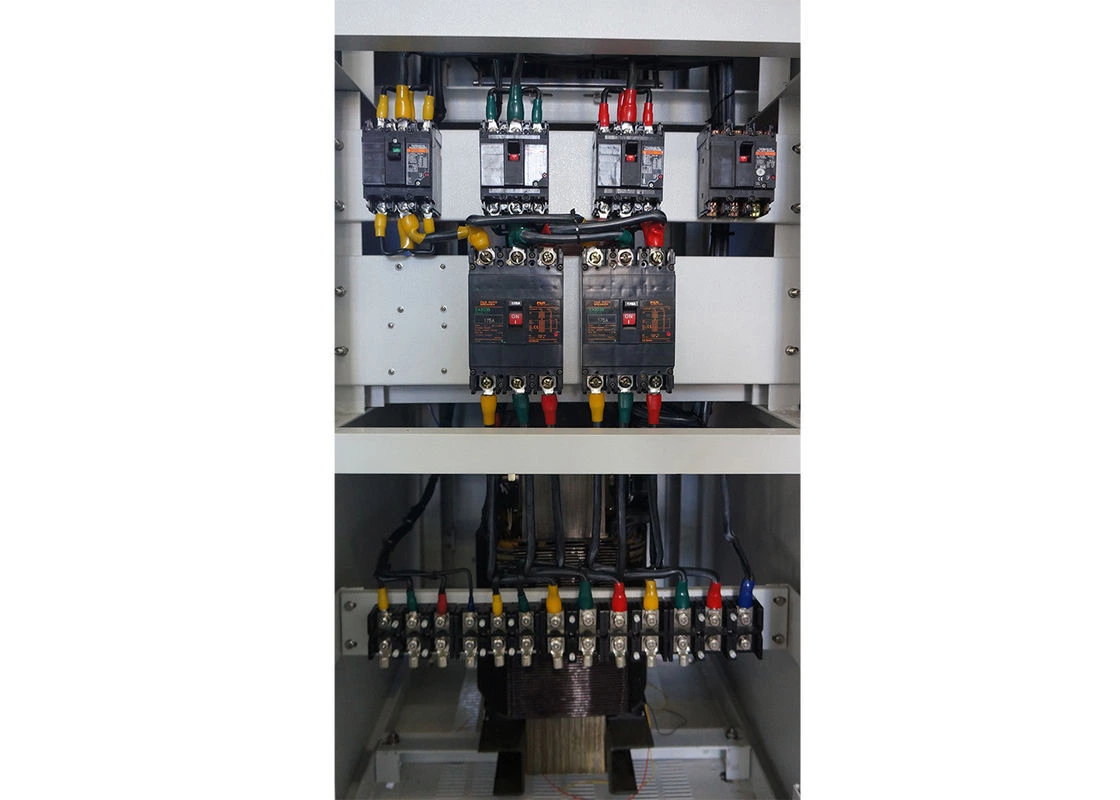
 Русский
Русский
 Français
Français
 Português
Português
 Español
Español
 اللغة العربية
اللغة العربية
